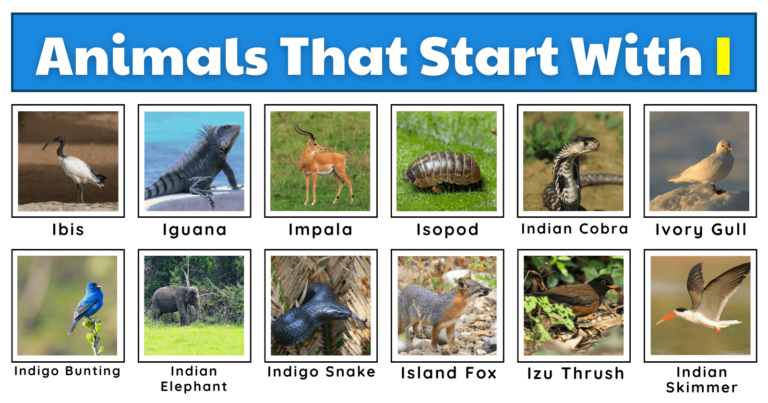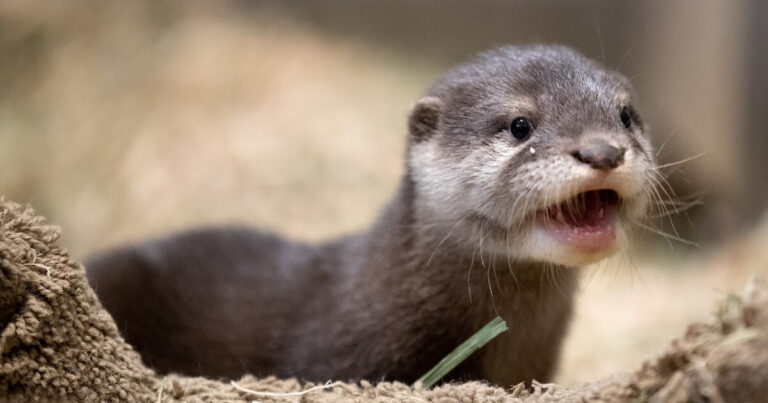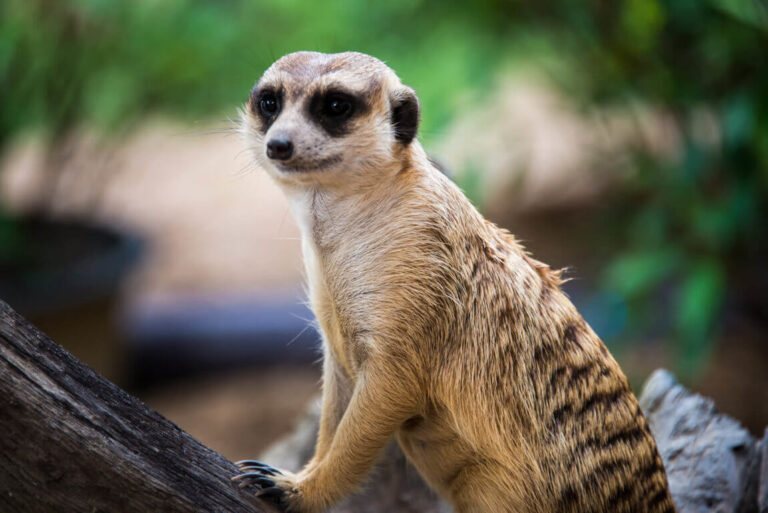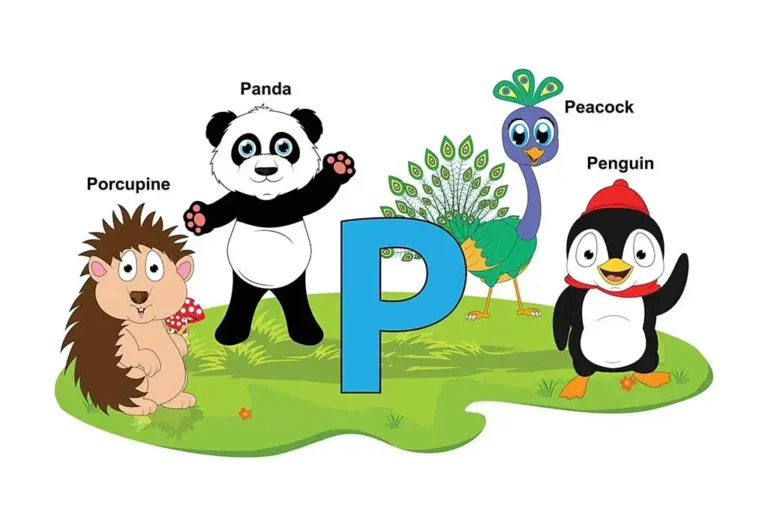Velvet Worm (Onychophora): An In-Depth Look
The Velvet Worm, scientifically known as Onychophora, is one of Earth’s most fascinating and ancient creatures. Its soft, velvety body and unusual characteristics have intrigued biologists for decades. Often referred to as a “living fossil,” the Velvet Worm offers a unique glimpse into evolutionary history, bridging the gap between worms and arthropods.
Contents
Scientific Classification
- Kingdom: Animalia
- Phylum: Onychophora
- Class: Udeonychophora
- Order: Euonychophora
- Family: Peripatidae (or Peripatopsidae, depending on the region)
- Genus: Peripatus (for Peripatidae) or Peripatopsis (for Peripatopsidae)
- Common Name: Velvet Worm
Over 200 known species of Velvet Worms are spread across tropical and subtropical regions.
Physical Characteristics

Velvet Worms are small, typically ranging from 0.5 to 20 centimeters in length, with soft, elongated, and cylindrical bodies covered in a velvety texture. Their coloration varies from blue, green, purple, brown, to black, depending on the species.
- Body Structure: The Velvet Worm’s body is segmented but lacks the hard exoskeleton of arthropods. Instead, its skin is soft and moist, requiring damp environments to avoid desiccation.
- Legs: It has numerous stubby, unjointed legs, usually between 13 and 43 pairs depending on the species. These legs are tipped with small claws, allowing the Velvet Worm to navigate through dense leaf litter and crevices.
- Slime Glands: One of the most distinctive features of the Velvet Worm is its slime glands, located near its mouth. These glands shoot out sticky slime that immobilizes prey, making it an efficient hunter despite its slow movements.
Habitat
Velvet Worms are found in moist tropical and temperate forests, primarily in South America, Africa, Southeast Asia, Australia, and New Zealand. They inhabit dark, humid environments such as:
- Under logs
- In leaf litter
- Within soil crevices
Their dependence on moisture is critical, as they breathe through spiracles (small openings on their body) that cannot close, leaving them vulnerable to drying out if exposed to arid conditions.
Behavior

Velvet Worms are nocturnal creatures, remaining hidden during the day and emerging at night to hunt. Their behavior is slow and deliberate, but they exhibit unique and remarkable hunting techniques.
- Hunting and Defense: Velvet Worms capture their prey by spraying a sticky, adhesive slime from their oral papillae. This slime can immobilize insects and small invertebrates. Once the prey is subdued, the Velvet Worm uses its sharp mandibles to pierce the exoskeleton and inject digestive enzymes, turning the internal tissues into a slurry, which the Velvet Worm then consumes.
- Social Behavior: Some Velvet Worm species exhibit primitive social behavior, living in small groups led by a dominant female. This social structure is rare among invertebrates and has fascinated researchers.
Diet
Velvet Worms are carnivorous and primarily feed on small invertebrates such as:
- Insects
- Spiders
- Termites
- Woodlice
The unique method of hunting with slime gives them an advantage in capturing mobile prey. Once captured, the prey is consumed slowly, with the digestive enzymes breaking down the soft tissues.
Related: Can Dogs Eat Gummy Worms?
Reproduction
Velvet Worms exhibit internal fertilization, and reproduction varies by species. They can be oviparous (egg-laying), ovoviviparous (egg-hatching internally before live birth), or viviparous (live-bearing).
- Mating Behavior: Males deposit spermatophores (sperm packets) directly onto the female’s skin or into her reproductive tract. In some species, the sperm penetrates the skin and migrates to the eggs for fertilization.
- Gestation and Offspring: Gestation periods vary, and females may give birth to live young, which are miniature versions of the adults. The number of offspring depends on the species and environmental conditions; some produce only a few offspring at a time.
Predators
Velvet Worms have several natural predators, including:
- Birds
- Lizards
- Small mammals
- Other larger invertebrates
Despite their unique defense mechanism of shooting slime, they are still vulnerable to predators in their moist, forested habitats.
Conservation Status
Conservation authorities generally classify Velvet Worms as Least Concern, but certain species are at risk due to habitat destruction, particularly deforestation and urbanization.
The primary threats to their survival include:
- Habitat loss due to deforestation
- Climate change affecting their moist environments
- Soil pollution and degradation
Because they depend on specific ecological conditions, even small environmental changes can severely impact their populations.
Evolutionary History
The Velvet Worm’s lineage is ancient, with fossils dating back to over 500 million years ago, making it a living relic of the Cambrian period. As a bridge between these two major groups, it shares evolutionary traits with annelids (segmented worms) and arthropods (insects and spiders).
- Cambrian Origins: Fossils such as Aysheaia and Hallucigenia are considered Velvet Worm ancestors, showcasing the long evolutionary history of this phylum.
- Ancestral Traits: Velvet Worms retain many primitive traits, including their soft bodies and non-jointed legs, suggesting that they have changed little over millions of years, earning them the title of “living fossils.”
Interesting Facts
- Velvet Worms can shoot their slime up to 30 centimeters, far longer than their body length!
- Their slime is not only used for hunting but also for defense against predators.
- The Velvet Worm’s body is covered in tiny tubercles, giving it its signature velvety feel.
- Some species live in small colonies, a rare behavior for invertebrates, especially among ancient species.
Relationship with Humans
While Velvet Worms are not of direct economic importance, they have been a subject of scientific interest due to their evolutionary significance. Researchers study them to understand the evolution of arthropods and the transition from soft-bodied to hard-bodied organisms.
Additionally, the Velvet Worm’s slime has been studied for its potential biotechnological applications, as it is a natural adhesive with unique properties.
Conclusion
The Velvet Worm is a remarkable example of ancient life forms that have persisted through millions of years. With its fascinating hunting techniques, unique physical characteristics, and important evolutionary position, it continues to capture the attention of scientists and naturalists alike. As forest habitats face increasing threats, protecting the delicate environments supporting Velvet Worm populations will ensure their continued survival in the wild.
- Golden Retriever Pros and Cons: What Every Pet Parent Should Know - 15 September 2025
- Cane Corso Dog Breed: Health, Care, and Lifespan - 14 September 2025
- Catahoula Leopard Dogs: Description, Temperament, Lifespan, & Facts - 21 July 2025







